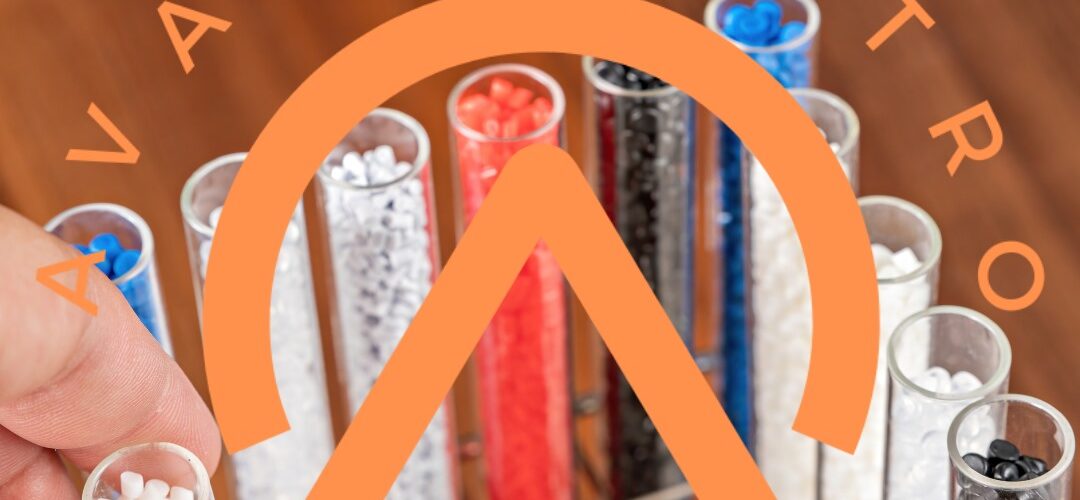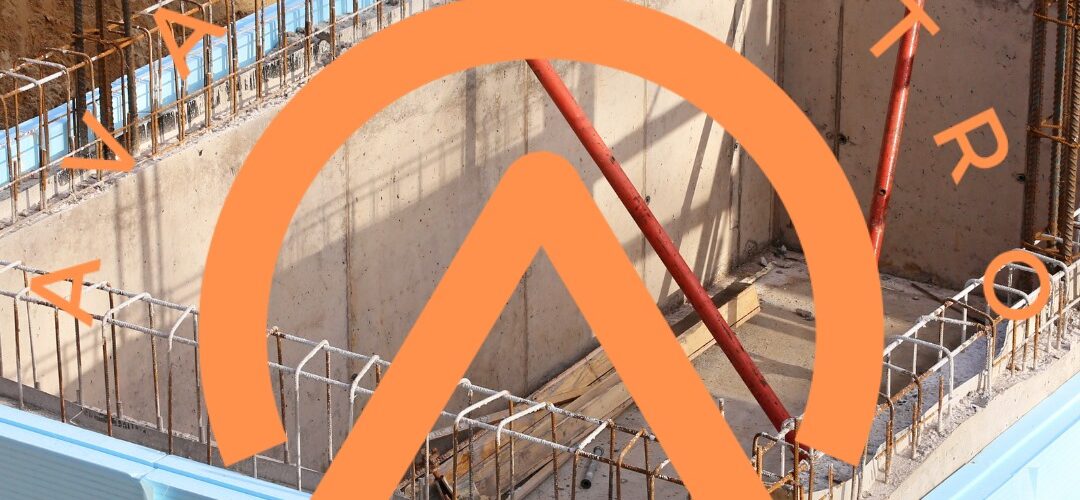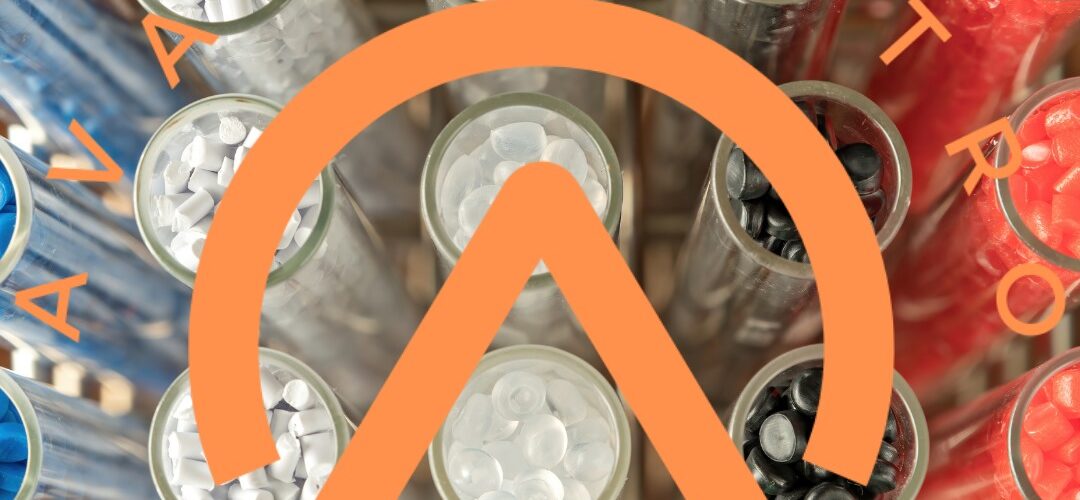Understanding the Advanced Production System for Plastic Products
In the ever-evolving landscape of manufacturing, the production of plastic products has become a cornerstone of various industries. The utilization of advanced production systems plays a pivotal role in ensuring efficiency, quality, and sustainability in the production of plastic goods. In this comprehensive guide, we delve into the intricacies of the production system used in crafting plastic products, aiming to provide a detailed understanding that goes beyond the surface.
Introduction to Plastic Production Systems
Injection Molding: Precision at its Core
Injection molding stands as a cornerstone in plastic production. This sophisticated method involves injecting molten plastic into a mold, creating intricate and precisely shaped products. The versatility of injection molding makes it suitable for a wide array of industries, ranging from automotive to consumer goods. The process enables manufacturers to produce large quantities with high precision, ensuring uniformity and consistency in the final products.
Extrusion: Shaping the Future
Another pivotal technique in plastic production is extrusion. This process involves pushing molten plastic through a die to create a continuous profile or shape. Widely employed in the production of pipes, tubes, and sheets, extrusion offers remarkable efficiency and consistency. The ability to produce continuous lengths of plastic makes it a preferred method for industries requiring long and uniform products.
Advanced Technologies Transforming Plastic Production
Robotics and Automation: Precision and Efficiency
In the contemporary manufacturing landscape, robotics and automation have revolutionized the production of plastic goods. Automated systems enhance precision, reduce human error, and significantly increase the speed of production. From robotic arms managing injection molding machines to automated quality control processes, these technologies streamline operations, ensuring a seamless and error-free production line.
3D Printing: Redefining Possibilities
The advent of 3D printing has ushered in a new era in plastic product manufacturing. This cutting-edge technology allows for the creation of complex and customized plastic products with unprecedented precision. From prototyping to full-scale production, 3D printing offers flexibility and efficiency, opening doors to innovative design possibilities that were once considered unattainable.
Sustainable Practices in Plastic Production
Bioplastics: A Greener Alternative
As sustainability becomes a global imperative, the plastic production landscape has witnessed a surge in the use of bioplastics. Derived from renewable sources such as corn starch or sugarcane, bioplastics aim to reduce the environmental impact associated with traditional plastic production. Manufacturers are increasingly adopting bioplastics to align their production processes with eco-friendly practices.
Recycling Initiatives: Closing the Loop
An essential aspect of modern plastic production involves embracing recycling initiatives. Recognizing the environmental concerns associated with plastic waste, manufacturers are actively implementing recycling processes to minimize their carbon footprint. Incorporating recycled materials into production not only reduces waste but also contributes to a circular economy, where materials are reused, lessening the reliance on virgin plastics.
The Future of Plastic Production: Innovation and Integration
Smart Manufacturing: Industry 4.0
Looking ahead, the integration of smart manufacturing principles, often referred to as Industry 4.0, is poised to redefine plastic production. From real-time data analytics to the Internet of Things (IoT) applications, smart manufacturing ensures optimal efficiency, predictive maintenance, and improved overall production quality. Embracing these technological advancements positions manufacturers at the forefront of a rapidly evolving industry.
Conclusion
In conclusion, the production system used in the production of plastic products is a multifaceted landscape, encompassing advanced technologies, sustainable practices, and innovative approaches. From injection molding to 3D printing, and from robotics to recycling initiatives, the evolution of plastic production continues to shape industries worldwide. By staying abreast of these advancements and embracing sustainable practices, manufacturers can not only meet the demands of today but also contribute to a more sustainable and efficient future.
Written by Emir Narin










